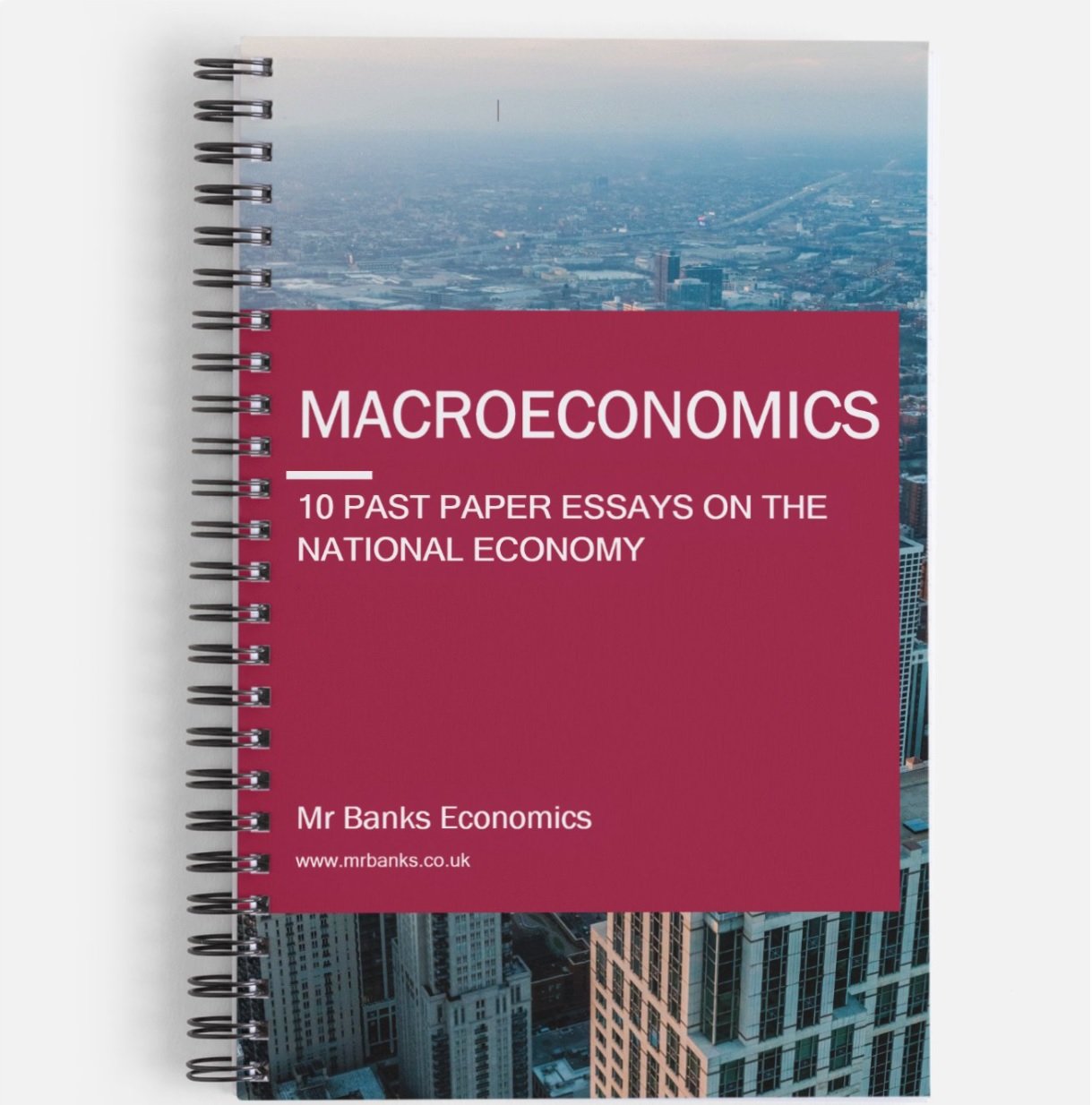Protectionism - Benefits vs Costs
A-Level Economics
Protectionism refers to a set of rules that governments may use to tackle the disadvantages of free trade. One such policy is a tariff (a tax on imports). This can deter consumers from buying foreign goods, and it can also earn the government taxation revenue.
Here are some more examples of protectionist policies.
1. Tariffs – > the application of tax on imports – > helps domestics compete + makes tax revenue for the government
2. Quotas - > the application of quantity restrictions - > diverts excess demand for imports towards domestically produced goods
3. Embargoes - > bans can be imposed on certain products - > usually in extreme cases when there is a trade war going on, or for banned products like drugs or elephant ivory - > this policy might be purely political or based on ethics
4. Currency Manipulation - > in countries with control over the exchange rate (fixed exchange rate systems), the government may intervene and devalue their currency in order to gain an exporting advantage - > (a particular problem for those countries who adopted the Euro and lost control of this power)
5. Regulation - > this could refer to imposing rules of product standards → imported products must be properly tested and adhere to guidelines e.g. electrical goods → can be particularly beneficial as this policy can increase safety of the country’s occupants
6. Subsidisation → governments can support their exporting industries by way of subsidies → reduce cost of production and increase competitiveness → but they’re costly to the taxpayer → this sort of intervention can also upset other countries and trigger trade wars
Benefits of Protectionism
1. Protects jobs
2. Protects infant industries – an industry that has a lot of potential and is capable of competing with established firms in the future – but they have a high risk of going out of business early in the business’ life
3. Ban specific products that are bad for society
4. Increases independence
5. Protects against ‘dumping’ - when companies sell goods abroad at below production costs in order to put competitors out of business
6. Can correct imbalances in the Balance of Payments
Disadvantages of Protectionism
1. Increased costs for consumers
2. Decreased variety for consumers
3. Decreased global efficiency due to less specialisation and division of labour
4. Misallocation of resources
5. Trade war potential
6. Companies can grow too dependent on protectionist policies. Once they’re removed, these companies could easily go out of business
IF YOU WANT GOOD GRADES FAST, BUY THESE BOOKS!
MACROECONOMICS MODEL ANSWER BOOK
10 Past Papers with Model Answers on the National Economy
Written by an experienced Economics tutor
Full model answers with diagrams
Suitable for all UK Economics exam boards
Physical booklet
£20.00
MICROECONOMICS MODEL ANSWER BOOK
10 Past Papers with Model Answers on Market Failure
Written by an experienced Economics tutor
Full model answers with diagrams
Suitable for all UK Economics exam boards
Physical booklet
£20.00


